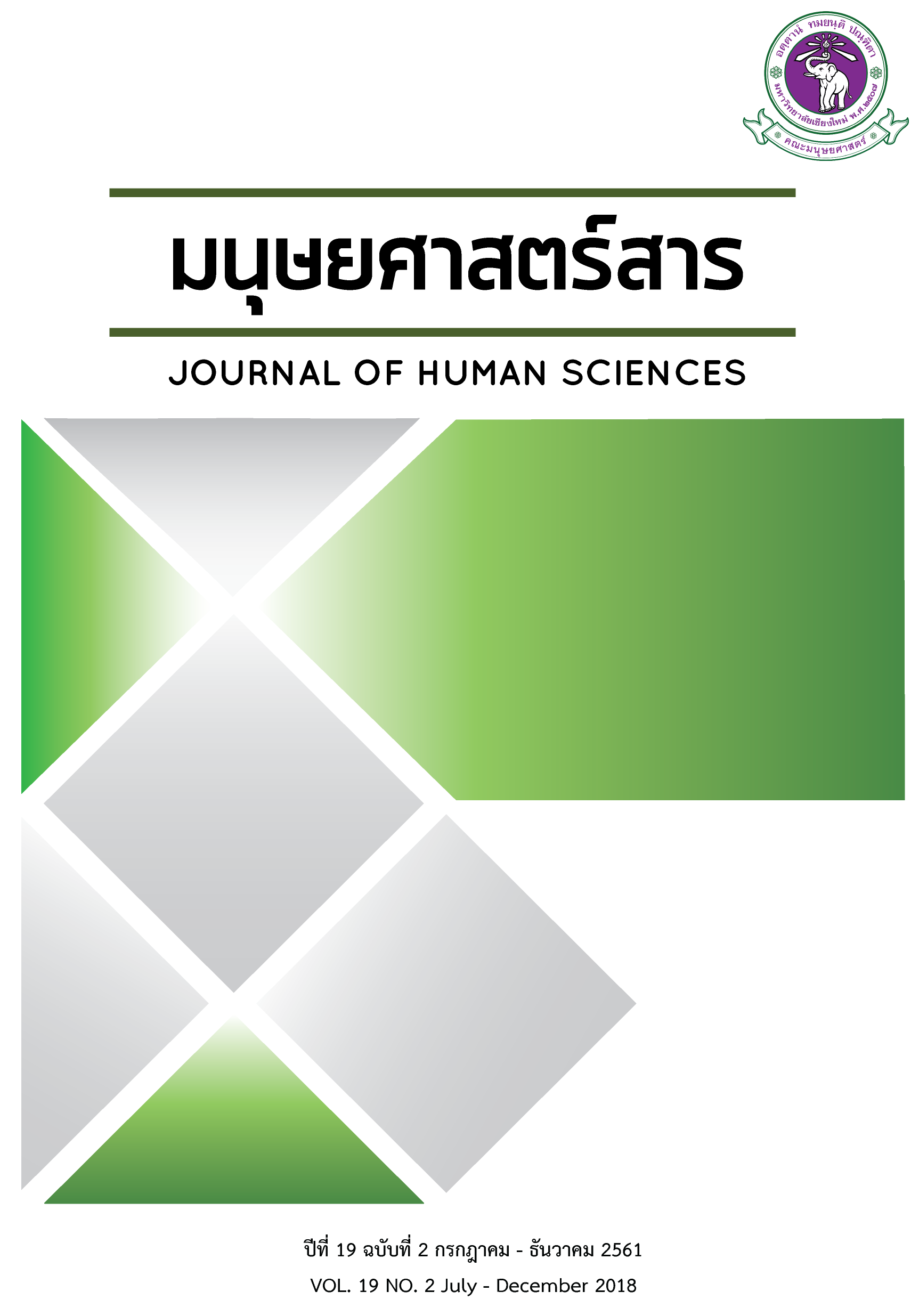ศึกษาเปรียบเทียบสิกขาบทในพระพุทธศาสนาเถรวาทกับมหายาน
Main Article Content
บทคัดย่อ
บทความวิจัยเรื่องนี้ มีวัตถุประสงค์เพื่อศึกษาพัฒนาการของสิกขาบทและเปรียบเทียบความแตกต่างของสิกขาบทที่มาในพระปาฏิโมกข์ ทั้งฝ่ายเถรวาทและฝ่ายมหายาน ให้เห็นถึงพัฒนาการแห่งสิกขาบทและความแตกต่างในประเด็นเรื่อง การนับจำนวนสิกขาบท การเพิ่มเติมสิกขาบท การจัดอันดับสิกขาบท และความมุ่งหมายของเนื้อความในสิกขาบททั้งสองฝ่าย เป็นการศึกษาค้นคว้าจากเอกสาร ตำราทางวิชาการ ทางพระพุทธศาสนาทั้งฝ่ายเถรวาทและฝ่ายมหายาน
ผลการศึกษาวิจัยพบว่า สิกขาบทในพระพุทธศาสนาได้เกิดขึ้นในสมัยพุทธกาล เนื่องจากภิกษุบางรูปมีความประพฤติที่ไม่เหมาะสมกับสมณะ ภายหลังพุทธปรินิพพานเกิดข้อถกเถียงพิพาทเรื่องสิกขาบทเล็กน้อยไม่เป็นที่ตกลง ในการทำสังคายนาครั้งที่ 1 ฝ่ายเถรวาทโดยการนำของ
พระมหากัสสปะ เถระมีมติให้คงพุทธบัญญัติไว้จะไม่มีการเพิกถอนจึงได้ยึดถือหลักปฏิบัติจำนวน 227 สิกขาบท ส่วนฝ่ายมหายานโดยการนำพระปุราณะไม่ยอมรับมติของพระเถระ โดยกล่าวอ้างว่า เมื่อตนได้ยินได้ฟังมาอย่างไรจะปฏิบัติตามอย่างนั้น ภายหลังจึงได้ยึดถือหลักปฏิบัติจำนวน
250 สิกขาบท เกิดเป็นมหายานถึงในปัจจุบัน
ดังนั้นจึงกล่าวได้ว่า นิกายสำคัญของพระพุทธศาสนาหลังจากที่พระพุทธเจ้าปรินิพพานแล้วประมาณ 100 ปี พระพุทธศาสนามีการแบ่งแยกในด้านความคิดเห็นเกี่ยวกับการปฏิบัติตามพระธรรมวินัย จนถึงสมัยพระเจ้าอโศกมหาราช ก็แตกแยกกันออกเป็นนิกายใหญ่ๆ อย่างชัดเจน
2 นิกาย คือ เถรวาทกับมหายาน ประเด็นหลักในการเกิดขึ้นของสองนิกาย คือ ความเห็นที่ผิดแผกกันในเรื่องสีลสามัญญตา และเรื่องทิฏฐิสามัญญาตา และที่สำคัญเกิดจากการทำสังคายนาแยกจากกัน


